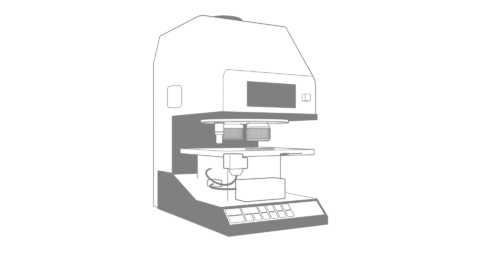Background
Microplastics are possibly the greatest hazard to the environment since the ozone layer depletion and global warming. Unfortunately, for life on Earth, microplastics are now spread across the entire planet. The race is on to identify the nature, cause, and effects of these materials, and to find suitable remedies for environmental clean-up. Microplastic identification is a key element in developing solutions to address this issue.
Scientists are now studying details of the global distribution of microplastics. Plastics are easily ground down into microparticles by environmental action, such as oceanic movement. As a result, microplastics are not just found in the environment, but also the entire food chain.
There are many microplastic identification techniques being used for microplastic analysis, but one of the most important is molecular spectroscopy, and in particular, the vibrational measurements offered by Raman Microscopy, IR Microscopy, and FTIR Spectroscopy.
This makes microscopy an extremely important tool, not only in the identification of chemical composition, but also in the shape and size distribution. When IR and Raman Microscopy are used, the physical nature of the particles can be observed together with the distribution and chemical composition.
Microplastic Identification Techniques
Microplastic Identification using Raman Microscopy
Confocal Raman microscopy is a great technique for microplastics as it is non-contact and non-destructive. The observation can be made simply using low power objectives over a wide field of view, or with a high power objective on smaller particles. Mixed samples including inorganics can be identified and spectral libraries can be used for component identification.
Microplastic Identification using Infrared Microscopy
IR Microscopy is probably more suited to large particle sizes, greater than 10 microns. The transmission allows for reduced sample prep and non-contact sampling, but ATR is also useful for mapping larger particles and mixed polymer materials. The larger IR spectral databases of organic substances are a major attraction to users when identifying unknown foreign materials.
Microplastic Identification using FTIR-ATR Spectroscopy
ATR offers a “preparation-free” measurement of samples and is ideally suited to plastic particles as they deform well and make good contact with the prism under pressure. Diamond is an excellent prism material as it is virtually indestructible and transparent to visible light, which can be used for sample observation. For microplastics that are large enough to be measured without a microscope, chemical identification is easy with a typical ATR, and the ATR ProOne View also provides a visual record of the particles being measured.


